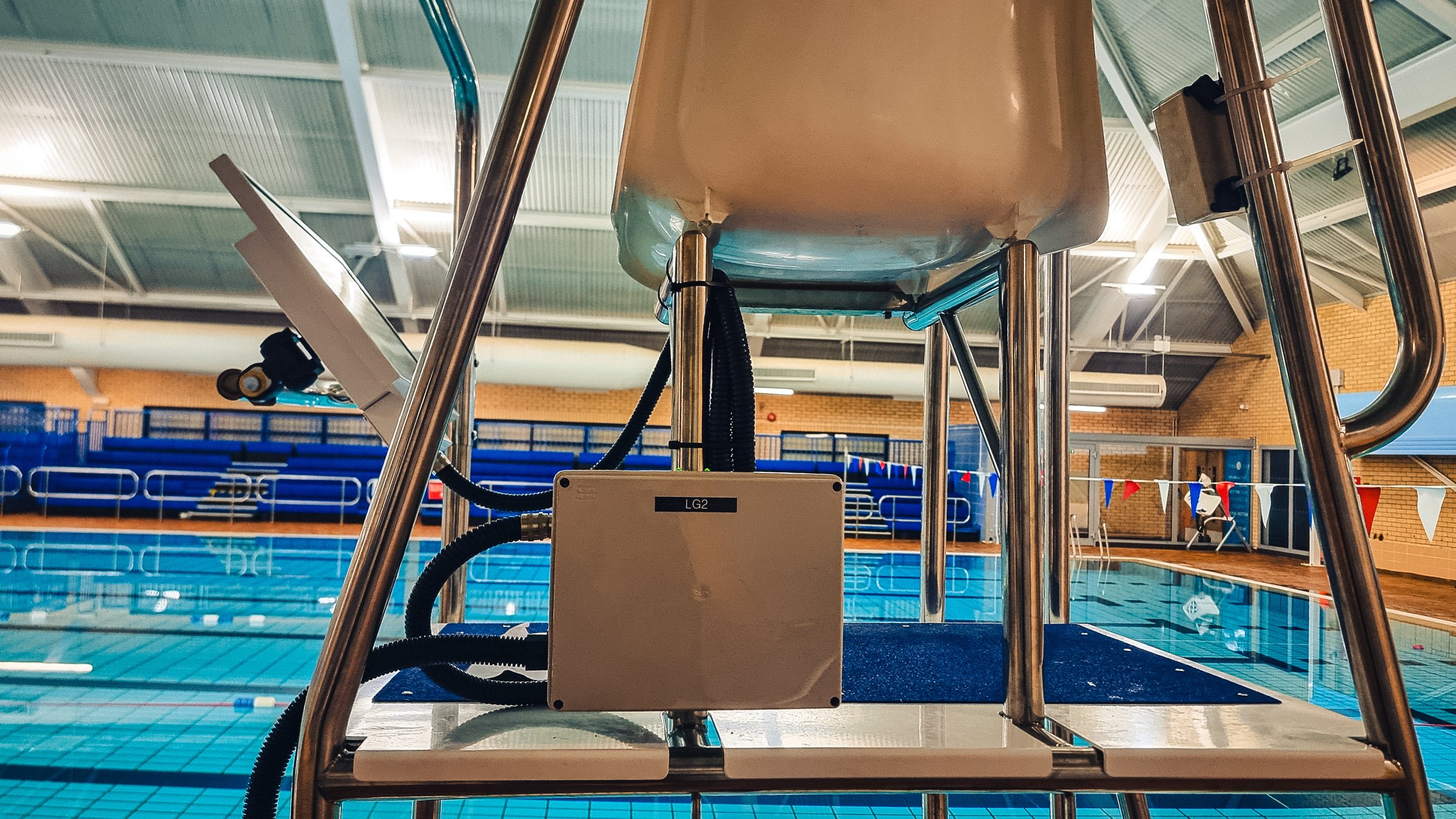Those of you who follow us will be well aware that I unfortunately post on a much to regular basis about dreadful drowning tragedies that occur during the hot summer days and holiday season. How often do we hear about the senseless loss of life at the beach, in a river, lake, back garden or holiday resort swimming pool?
I have a personal friend whose child tragically drowned in their hotel pool less than SIXTY minutes after they arrived – can you even begin to imagine the anguish and heartache?
Many parents will be entertaining their children over the summer months in all of these places and we are unfortunately reminded all too often that water can be incredible dangerous if carers don’t take proper safety precautions to ensure their children’s safety. In support of Drowning Prevention Week (18-26 June 2016), a campaign organised by the Royal Life Saving Society UK, Poolview Ltd have prepared this infographic on water safety and keeping your children safe over the summer months.
Keeping your child safe in water
As simple as it sounds – children MUST have constant supervision around water and that even includes the bath. This means keeping your eye on them at all times! This means “forget your mobile phone – Facebook – Twitter – Instagram – email etc. etc.”
Holiday fatalities in foreign countries and new pools tend to happen on the 1st day in the 1st few hours, when the excitement has built to fever pitch with masses of distractions, suddenly your wee Jonny is out of sight – out of depth and at the bottom of a murky pool!
Rivers and lakes hold untold dangers, hot days 24 degrees and cold 4-degree water can put the body into shock and tragedy unfolds. Not forgetting the hidden dangers that lie beneath the surface including frighteningly fast currents and shopping trollies! Lakes and rivers look so benign and inviting – peaceful and placid – they can be waiting to “suck you in”.
Here are 10 tips to keep children safe when in or near water
Stop a chain of events occurring which will bring a personal tragedy to your own front door. Children can drown in less than 6cm of water so that includes buckets of water, ditches, large puddles, inflatable pools… anywhere a pool of water can form.
1) If your child can’t swim make sure you use approved flotation devices that are correct for your child’s weight and height.
2) If your child can swim they are still at risk and they must still be supervised in water within arm’s reach to provide ‘touch supervision’.
3) Learn to swim, an obvious one but we hear of parents taking their children swimming and watching or paddling from the side as they are unable to swim.
4) From the age of 1 you can teach your baby to swim. Participation in formal swim lessons can reduce the likelihood of childhood drowning by 88%.
5) Ensure your child drinks plenty of fluids even when they are in the water to prevent dehydration which could cause dizziness or nausea.
6) Make sure you test the water temperature before you enter the water. Your body temperature drops more quickly in water and can quickly move to hypothermia (when the body loses heat faster than it can produce it). If a child is shivering or has muscle cramps, get him or her out of the water immediately.
7) Don’t bathe or swim in unfamiliar waters without checking for the dangers. How deep? If you don’t know, don’t go.
8) Leave your mobile phone alone – you are there to supervise. Never leave a child unattended in or near water.
9) Have your child swim where there is a lifeguard.
10) Learn CPR (attend a class if you can). In the time it takes for paramedics to arrive, your CPR skills can save a life.
#DPW #stopdrowning #makeadifference #supportinglifeguards












